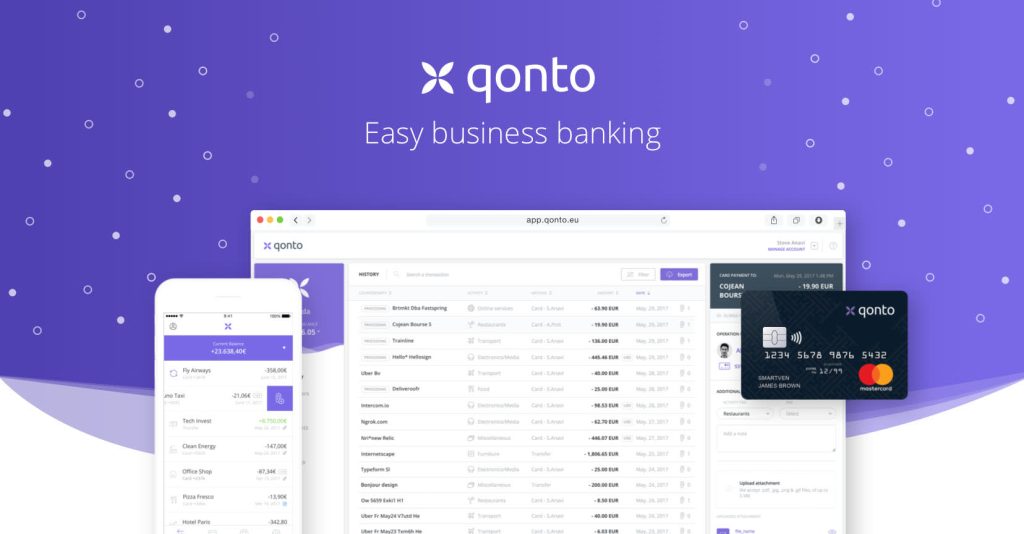Introduction
Imagine this. It’s 1966, and you’re rocking your bell bottoms and grooving with your lava lamp when you stumble upon an article in your local newspaper. Lo and behold, an MIT professor has created the world’s first chatbot. Back then, we didn’t call them “chatbots” like we do today, but this technology has come a long way over the past 50 years. Chatbots have evolved into interactive virtual assistants that go beyond simple decision trees. In this post, we’ll explore what interactive virtual assistants are, their evolution, and highlight some top-notch tools to optimize your customer service processes.
What is an Interactive Virtual Assistant?
An interactive virtual assistant, often referred to as a chatbot or virtual agent, is a tool that helps customer service agents streamline tasks through automation. This allows agents to focus on more complex issues that require human intervention, while still meeting customer expectations. Virtual assistants can assist with ticket management, call routing, and even collect customer feedback. They can also be customer-facing, providing answers to simple queries or routing customers to a live agent.
These tools can be rule-based, programmed to perform specific tasks and provide canned responses, or they can use machine learning to handle a variety of tasks. AI-powered virtual assistants utilize historical business data, natural language processing (NLP), and natural language understanding (NLU) to support customer service representatives.
The most advanced interactive virtual assistants are conversational AI bots. Agents can input natural language requests and engage in human-like conversations. For example, a representative using an AI writing assistant can ask the tool to draft an email copy and continue to interact with it, requesting modifications until satisfied.
Evolution of Chatbots
Let’s take a brief journey through the history of chatbots and see how they have evolved to their current state.
The First Chatbot, ELIZA, Is Invented (1966)
In 1966, the first-ever chatbot named ELIZA was created. It utilized a simple decision tree with pre-written answers to communicate with users. This early version of chatbots laid the foundation for future advancements.
Chatbots Are Used for Phone Support
As chatbot technology progressed, they began to be utilized for phone support. Instead of assigning an employee to every inbound call, phone tree chatbots automated the process by allowing customers to select who they wanted to speak with. This improved efficiency and reduced the need for human intervention.
Chatbots Become Conversational
ALICE, developed in the mid-1990s, revolutionized chatbot capabilities by introducing artificial intelligence markup language (AIML) to provide more relevant responses. This made it one of the first chatbots capable of engaging in natural language conversations.
The Launch of the Internet Era
The early 2000s saw the emergence of chatbots like SmarterChild, designed for AOL Instant Messenger. SmarterChild could provide information such as stock quotes, movie times, and weather forecasts. It showcased the broader capabilities of chatbots beyond simple interactions and opened the door to future advancements.
Chatbots Join the Customer Experience
By 2008, chatbots had become powerful enough to enhance the customer experience. Alaska Airlines launched “Ask Jenn,” a chatbot that answered travelers’ questions about their flights. Although it performed relatively simple tasks, it was one of the first instances of chatbots being employed in customer service.
Chatbots Are Integrated With Artificial Intelligence
The integration of chatbots with artificial intelligence features heralded a significant change in the capabilities of these virtual assistants. Siri, Apple’s chatbot, not only answered questions but also personalized itself based on user preferences. Amazon Alexa operates in a similar manner. Nowadays, businesses have access to numerous free chatbot software options that use virtual assistants to enhance their service experience.
Top 11 Interactive Virtual Assistants
1. ChatSpot
Price: Free for Djaboo CRM users
ChatSpot is Djaboo’s GPT-powered conversational CRM bot. Acting as your virtual assistant, it enables quick completion of tasks through chat-based commands. Here are some ways ChatSpot can assist you:
- Share natural language commands with ChatSpot to swiftly accomplish items on your to-do list
- Easily access customer information or draft follow-up emails for maximum productivity and reduced task steps
- Connects with Djaboo software, utilizing your business data to provide relevant results tailored to your needs
2. Zia (from Zoho)
Price: Contact for pricing
Zia, Zoho’s AI-powered assistant, enhances your productivity and support activities through automation and chat-based commands. Here’s how Zia can be your interactive virtual assistant:
- Works alongside you during support interactions, analyzing context and suggesting appropriate responses to provide quick solutions
- Chat with Zia anytime for seamless completion of day-to-day tasks, such as surfacing customer data or adding tasks to a project
- Deploy the Zia bot on your website as a customer-facing virtual assistant, offering quick solutions from your knowledge base without requiring agent input
3. Gong
Price: Billed by number of users; contact for details
As a virtual assistant, Gong provides in-depth insights to help you better support customers and ensure their success. Gong’s notable virtual assistant features include:
- Automatic transcription, analysis, and processing of customer voice and text conversations to uncover customer sentiment quickly and easily
- Records all interaction history with customers for easy access to relevant customer data
- Offers data-driven coaching recommendations based on call data to identify coaching opportunities for your teams
4. Vonage
Price: Billed per user; contact for pricing
Vonage’s AI virtual assistant functions as a conversational tool, supporting human representatives during their day-to-day call-handling process. Key features of Vonage’s virtual assistant include:
- Uses natural language understanding (NLU) to automatically route callers to the appropriate agent or solution, saving time for calls that require human input
- Provides quick solutions to straightforward and repeatable queries, reducing average handling time and improving customer satisfaction
- Captures customer sentiment through verbal cues over the phone, offering valuable insights for understanding customer behavior
5. Zendesk
Price: Free trial; paid plans start at $69/month
Zendesk offers a range of virtual assistant tools to improve customer support. With Zendesk, you can:














